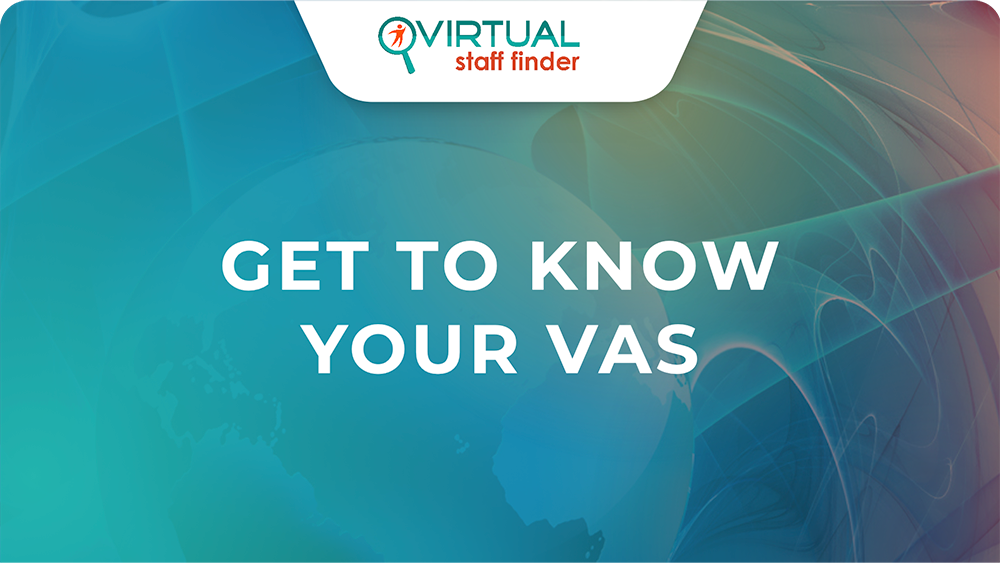Here’s the deal with training VAs: it doesn’t have to be difficult—in fact, it shouldn’t be—but it must be intentional. That means you need to put some thought into the various tasks you want your VA to do and then communicate how you want those tasks done.
Note that there is a difference between communicating tasks and projects (best done in writing or via video or audio recording, which we’ll learn more about in a while) and giving feedback to your virtual staff. I always suggest that feedback be given verbally—for example, via services like Skype. This is to make sure nothing is lost in translation and that you can use the tone of your voice to get certain points across more easily.
Before you begin the actual training period, you’ll need to get to know your new employee a little better. Because of the distance between you, you won’t see them in the office every day, overhear their conversations, and see their reaction to certain situations. It’s time to put together a getting-to-know-you questionnaire.
Include simple questions such as the following, along with anything more you want to find out about your new worker:
- What are the main public holidays in your country?
- How do you like to spend your weekends?
- What are your favorite types of movies, music, and food?
- Do you have specific work hours during which you feel you are the most productive?
- What would be the best day for us to get together on a service like Skype each week?
- What would be your preferred method of communicating with me, day today?
- How do you see yourself helping me grow my business?
You’ll see I’ve mixed in some personal questions with businesslike questions. This is because you want to make it clear that although you’re showing interest in what they are all about, this is still a business relationship.
This activity also gives you the opportunity to tell the VA a little more about yourself— what makes you tick and how you see the business developing with their involvement—so spend some time covering that, too.


